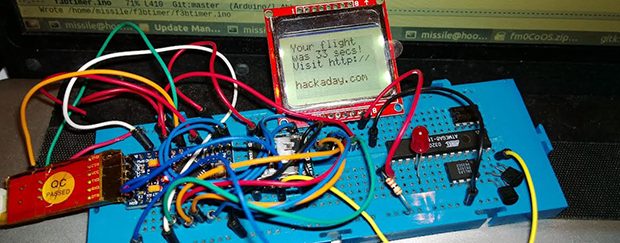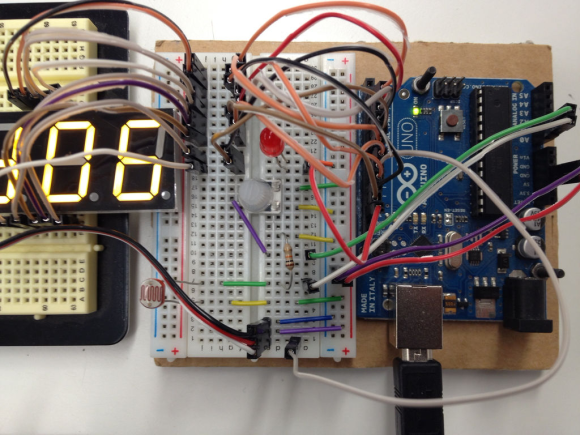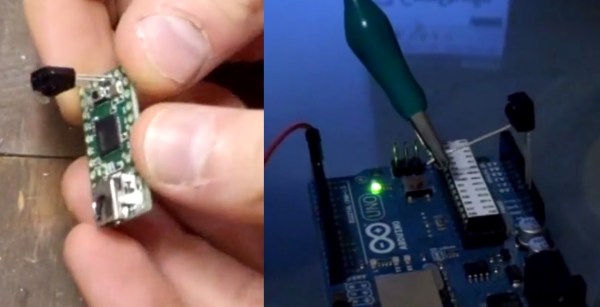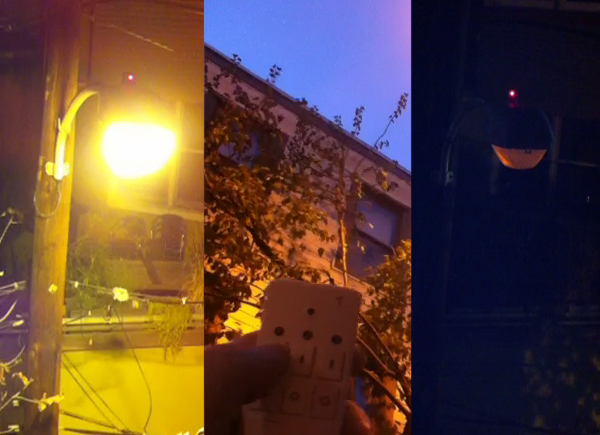
[Mikko] is in to flying F3B racers – remote control airplanes with a three meter wingspan. These races require the pilot to know how much time he has left, and when flying a remote controlled airplane to the edges of visual contact, it’s just not possible to look down and check a stopwatch.
To solve this problem, [Mikko] created a talking F3B timer to announce the flight time and how much time is left in 30 second increments. It’s based on a WTV020 audio module that plays audio from an SD card. Right now it’s just in the prototype phase, but he does have some code and documentation online.
As for the easter egg, [Mikko] programmed his timer so that if the flight lasts exactly 33 seconds (with millisecond resolution), the Hackaday URL is displayed on the Nokia LCD. We’re betting a flight time of 33 seconds would be highly correlated with a horrible malfunction and the loss of a thousand dollar airframe, so we’re more than happy to cheer [Mikko] up if he eventually sees this easter egg in the field.
Video of the talking timer speaking Finnish below, and a video showing off what these huge sailplanes can do right here.
This is an entry in the Fubarino Contest for a chance at one of the 20 Fubarino SD boards which Microchip has put up as prizes!
Continue reading “Fubarino Contest: Hackaday Tells You You’re A Terrible Pilot”
















